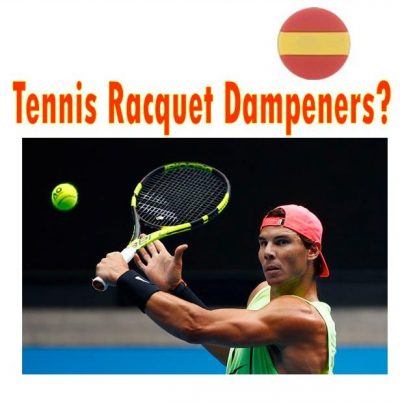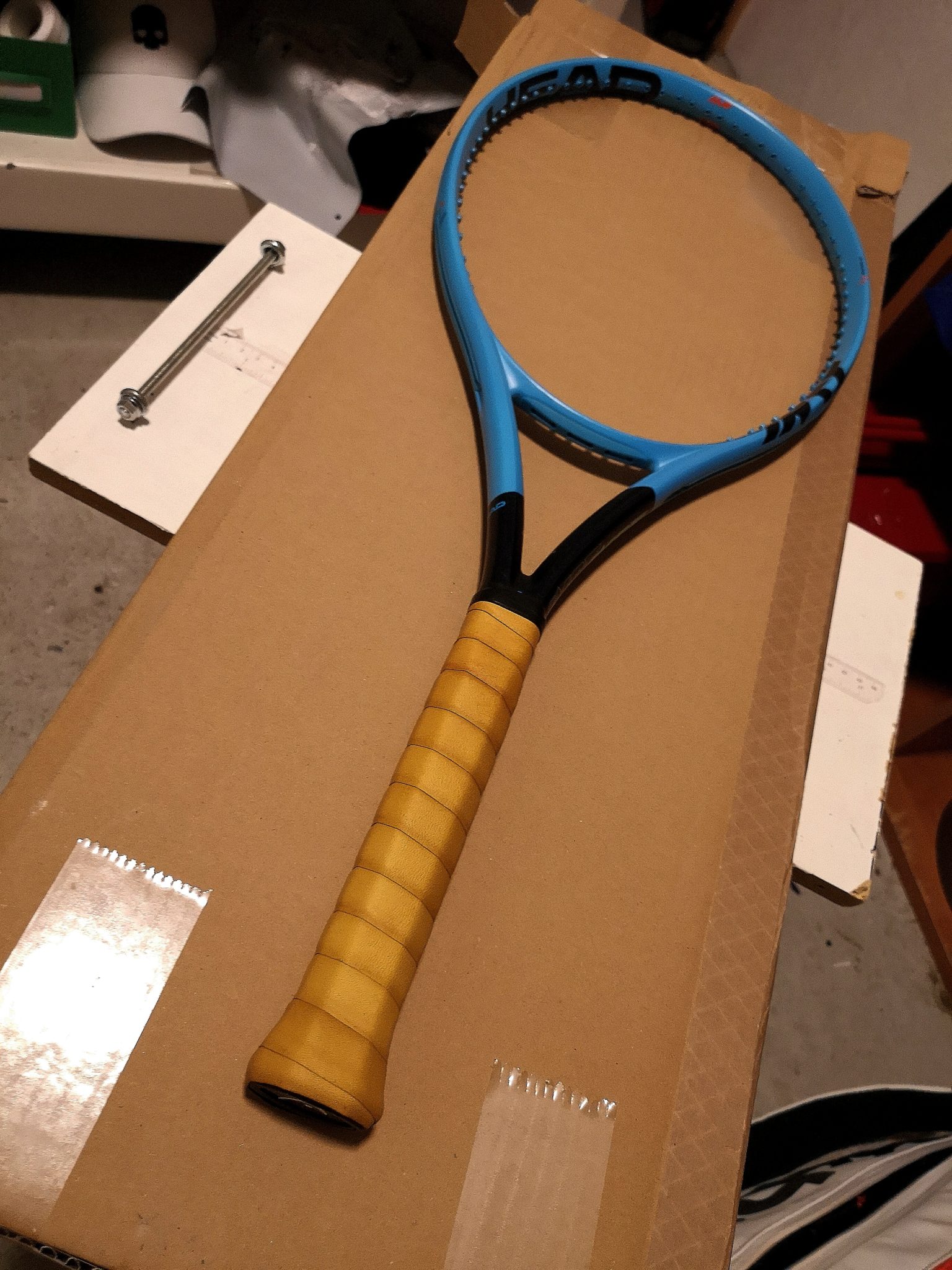


No matter where the ball strikes, even at points where the magnitude of the mode shape has reached its maximum, the higher modes will not have any influence at all because they are not excited.Ī plot showing the frequency response of a sinus load of 5 ms. That is, the influence of the third mode or higher is negligible. For frequencies higher than 300 Hz, the magnitude is almost zero. The graph below shows the frequency response of a sinusoidal load of 5 ms - approximately the duration of a ball’s impact upon hitting a racket - on a beam-like structure. However, as the natural frequency of the mode increases, the magnitude of the vibration drastically decreases. There are, of course, vibration nodes on the strings for higher modes, as depicted in the third mode from the simulations above.

Any player that hits the ball at this point will feel almost no vibration during impact. The second vibration mode, meanwhile, has two nodes: one at the grip and one on the strings near the frame head. If you are very lucky, you may succeed, but most likely, you won’t. Try hitting the ball with the grip to pass it over the net. The fundamental mode vibration node cannot be the sweet spot for an obvious reason: It is located at the grip. An infinite number of frequencies are excited at one time, but which vibration node is the “sweet spot”? Is it the fundamental mode shape vibration node or is it a node that results from the crossing of different harmonics? Upon impact, the ball generates an infinite number of harmonic series at different frequencies. So why am I talking as if there is only one vibration node? In reality, there is actually an infinite number of vibration nodes. The fundamental mode is at 15 Hz, the second mode is at 140 Hz, and the third mode is at 405 Hz.Īs illustrated above, many different points feature this behavior. The first three mode shapes of a tennis racket, from left to right and top to bottom. Here are the first three mode shapes of a tennis racket computed with COMSOL Multiphysics: By looking at the mode shapes of the racket - held by a player at the end of the grip - we can identify points where the vibration motion is zero (i.e., where the magnitude is zero at any time during vibration). Because of a wave created by the impact of a ball hitting a racket, the racket will, in turn, begin to oscillate and vibrate. In mechanical vibration theory, the vibrations nodes are defined as the points that never move when a wave is passing through them. Is this simply a figment of the imagination or is there a physical answer? As I will explain here, so-called “sweet spots” can account for this feeling. With the 2015 tournament approaching, I found myself reflecting on my own experiences playing tennis, particularly how the feeling you get after hitting the ball is never quite the same. Open, one of the oldest and largest tennis tournaments. Each year, tennis players from around the world compete at the U.S.


 0 kommentar(er)
0 kommentar(er)
